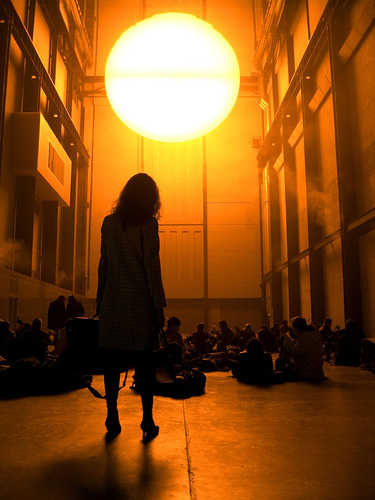Today’s lecture greatly changed my interpretation of the collaboration between science and art. Though art has always been in collaboration with various forms of technology, the lecture opened my eyes to the complementary relationship that science and art share. By completing projects such as stained glass, artists and scientists present their collaborations to the rest of the public: scientists develop glass, searching for new methods of improvement and progression, and artists create captivating images and colors to transform the clear glass into a masterpiece. By completing their separate, yet equally important parts, scientists and artists produce beautiful pieces of stained glass that adorn many well-known locations.

During our lab visits, we were taught about the new forms of energy sources being worked on. I was most interested about the possibilities of using algae as a means of energy. Algae would be extremely efficient because given the right conditions, it can double its volume overnight. Red tide is a phenomenon during which algae becomes so numerous that they discolor coastal waters. It can be caused by warm ocean surface temperatures, low salinity, high nutrient content, calm seas, and rain followed by sunny days during summer.
Another part of today’s activities that caught my attention was The Weather Project, created by Olafur Eliasson. In this exhibition, Eliasson mixed sugar and water to produce a mist, which he dispersed through a humidifier at the scene of the exhibition, London’s Tate Modern. While researching Eliasson, I noticed that he was commissioned by BMW in 2007 to develop the sixteenth art car for the BMW Art Car Project, showing another relationship between art and the science of engineering.


Red Tide